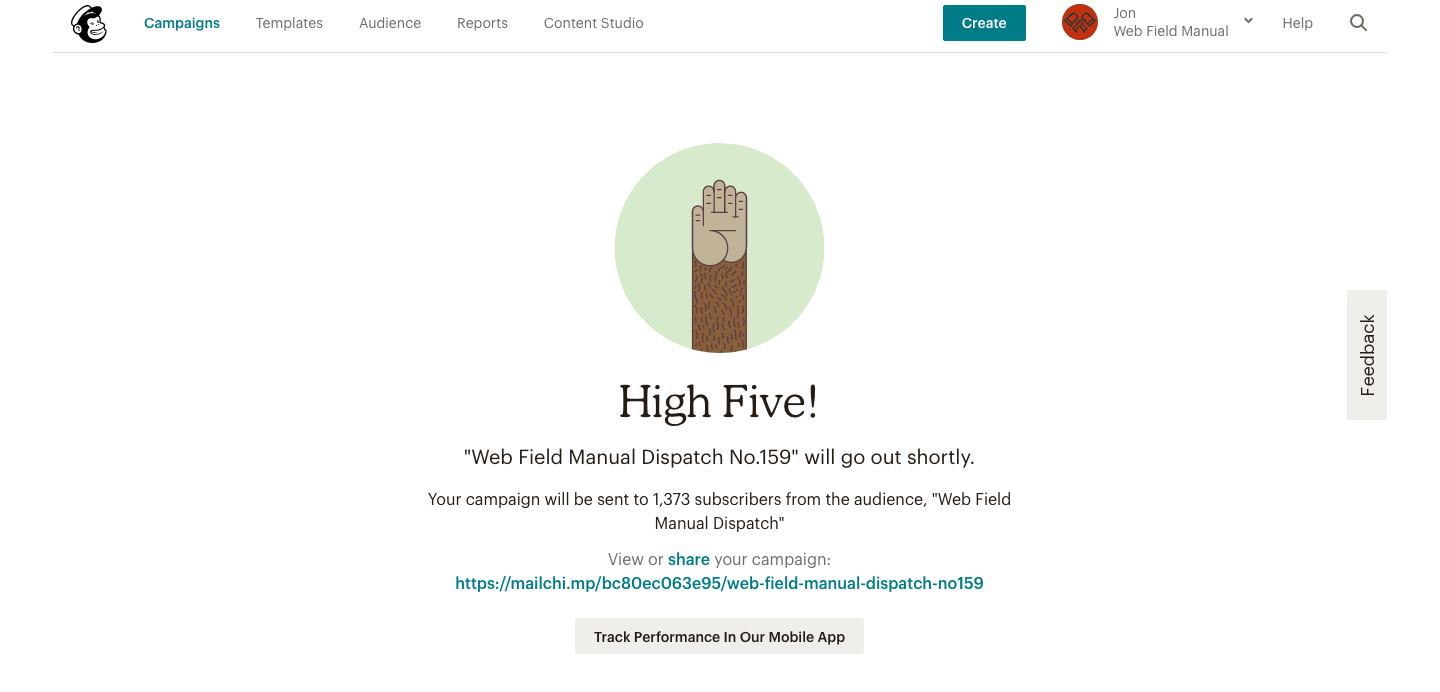Chapter 6. Peak-End Rule
People judge an experience largely based on how they felt at its peak and at its end, rather than the total sum or average of every moment of the experience.
Overview
An interesting thing happens when we recollect a past event. Instead of averaging the whole experience based on facts and duration, we tend to draw upon an emotional peak and the end regardless of whether they were positive or negative. In other words, we remember our life experiences as a series of snapshots rather than a comprehensive timeline of events. Key moments during the experience are averaged in our minds to form an opinion, specifically the most emotionally intense moment and the ending. These moments heavily influence how we assess the overall experience and determine if we’ll be willing to do it again or recommend it to others. When designing user experiences, we should pay close attention to these key moments of an experience to ensure users recollect the experience positively.
Origins
Evidence for the peak-end rule was first explored in the 1993 paper “When More Pain Is Preferred to Less: Adding a Better End”1 by Daniel Kahneman, Barbara Fredrickson, Charles Schreiber, and Donald Redelmeier. In the paper, participants were subjected to two different versions of a single unpleasant experience. The first trial involved participants submerging a hand in 14 °C water for 60 seconds. The second trial involved participants submerging the other hand in 14 °C water for 60 seconds, then keeping their hand submerged for an additional 30 seconds in 15 °C water. When given the choice of which trial they’d repeat, participants were more willing to repeat the second trial despite it being a longer exposure to the uncomfortable water temperatures. The conclusion by Kahneman was that the participants chose the longer trial simply because they preferred the memory of it in comparison to the first trial.
Subsequent studies would corroborate this conclusion, beginning with a 1996 study by Kahneman and Redelmeier which found that colonoscopy or lithotripsy patients consistently evaluated the discomfort of their experience based on the intensity of pain at the worst and final moments regardless of length or variation in intensity of pain within the procedure. A later study2 expanded on this by randomly dividing patients into two groups: one which underwent a typical colonoscopy, and another which underwent a typical colonoscopy plus the discomfort of having the scope was left in for three extra minutes. When asked afterwards which they preferred, patients who underwent the longer procedure rated their experience as less unpleasant. Additionally, those that underwent the longer procedure were also more likely to return for subsequent procedures — a result of these participants judging the experience positively because of the less painful end.
Key Concept: Cognitive Biases

To understand the peak-end rule, it is helpful that we have an understanding of cognitive biases. Cognitive biases are systematic patterns of deviation from norm or rationality in judgment that typically affect belief formation, business and economic decisions, and human behavior in general. These subconscious biases are key in the way we humans (and some animals) make decisions and even recall information. They quite often result in useful attitudes or behavior by making our decision making more efficient, but can also distort our thinking, leading to poor decision-making and false judgments.
Perhaps you’ve tried to have a logical discussion about a polarizing hot-button issue with someone else, only to discover it was incredibly difficult. The underlying reason for this can quite often be attributed to the fact that we attempt to preserve existing beliefs by paying attention to information that confirms those beliefs and discounting information that challenges them. This is known as confirmation bias, which is a bias of belief in which people tend to seek out, interpret, and recall information in a way that confirms their preconceived notions and ideas.
The peak-end rule is a cognitive bias known as a memory bias because it impairs the recall of a memory. We remember intensely emotional events more than we do less emotional events, and this has an affect on how we perceive not the sum of an experience but the average of how it was at its peak and how it ended. The peak-end rule is related to another cognitive biases known as the recency effect, which states that items near the end of a sequence are the easiest to recall.
Examples
One company that demonstrates quite the proficiency at understanding how emotion impacts user experience is Mailchimp. The process of creating an email campaign can be quite stressful but Mailchimp knows how to guide users while keeping the overall tone light and reassuring. Take for example the moment which you’re about to hit send on an email you’ve crafted for your audience’s inboxes. This emotional peak moment is the accumulation of all the work and scrutiny that has gone into that email campaign, capitalized by the potentially fear of failure. Mailchimp understands this is an important moment, especially for first time users, and uses the moment to go beyond a simple confirmation modal (Figure 6.1). By infusing a touch of brand character through illustration, subtle animation and humor, they defuse what can potentially be a stressful moment. Freddie, the emblematic mascot chimp for the company, hovers his finger over a large red button as if to imply he is eagerly awaiting your permission. The longer you wait, the more nervous Freddie seems to get, which is evident through the sweat and subtle shaking that appears on his hand.

Figure 6-1. Mailchimp’s email campaign confirmation modal. (Source: Mailchimp)
Mailchimp’s artful capitalization on key moments doesn’t end there. Once the email campaign is sent, users are redirected to a screen (Figure 6.2) indicating that the email has been sent and the details pertaining to the campaign. Users are also shown at this point an easter egg that validates their hard work: Freddie gives a high five, as if to reassure the users of a job well done. It’s details like these that reinforce the feeling of accomplishment and therefore enhance the experience which ultimately creates overwhelmingly positive mental snapshots for people that use this service.

Figure 6-2. Mailchimp’s email sent screen. (Source: Mailchimp)
Positive events aren’t the only thing that have an impact on how people feel about a product or service. Negative events also can act as emotional peaks that form a lasting impression that users will recall from memory. A good example that could easily turn into a negative impression is when a webpage cannot be found, resulting in a 404 error page. Instead, many companies use this as an opportunity to lighten the potential frustration of their customers by leveraging some good old fashioned humor (Figure 6.3).

Figure 6-3. Various 404 pages that use humor and brand personality.
Key Takeaways
Pay close attention to the most intense points and the final moments (the “end”) of the user journey.
Identify the moments when your product is most helpful, valuable, or entertaining and design to make those moments even better.
Remember that people recall negative experiences more vividly than positive ones.
Conclusion
Our memories are rarely a perfectly accurate record of events. How users recall an experience will determine how likely they are to do it again or recommend it to others. Since we recall past experiences not by the sum of the experience but the average of how it was at its peak and how it ended, it is vital that these moments make a lasting impression. By paying close attention to these key moments of an experience, we can ensure users recollect the experience positively.
Index
Kahneman, Daniel; Fredrickson, Barbara L.; Schreiber, Charles A.; Redelmeier, Donald A. (1993). “When More Pain Is Preferred to Less: Adding a Better End”. Psychological Science.
Redelmeier, Donald A; Katz, Joel; Kahneman, Daniel (2003). “Memories of colonoscopy: a randomized trial”.
